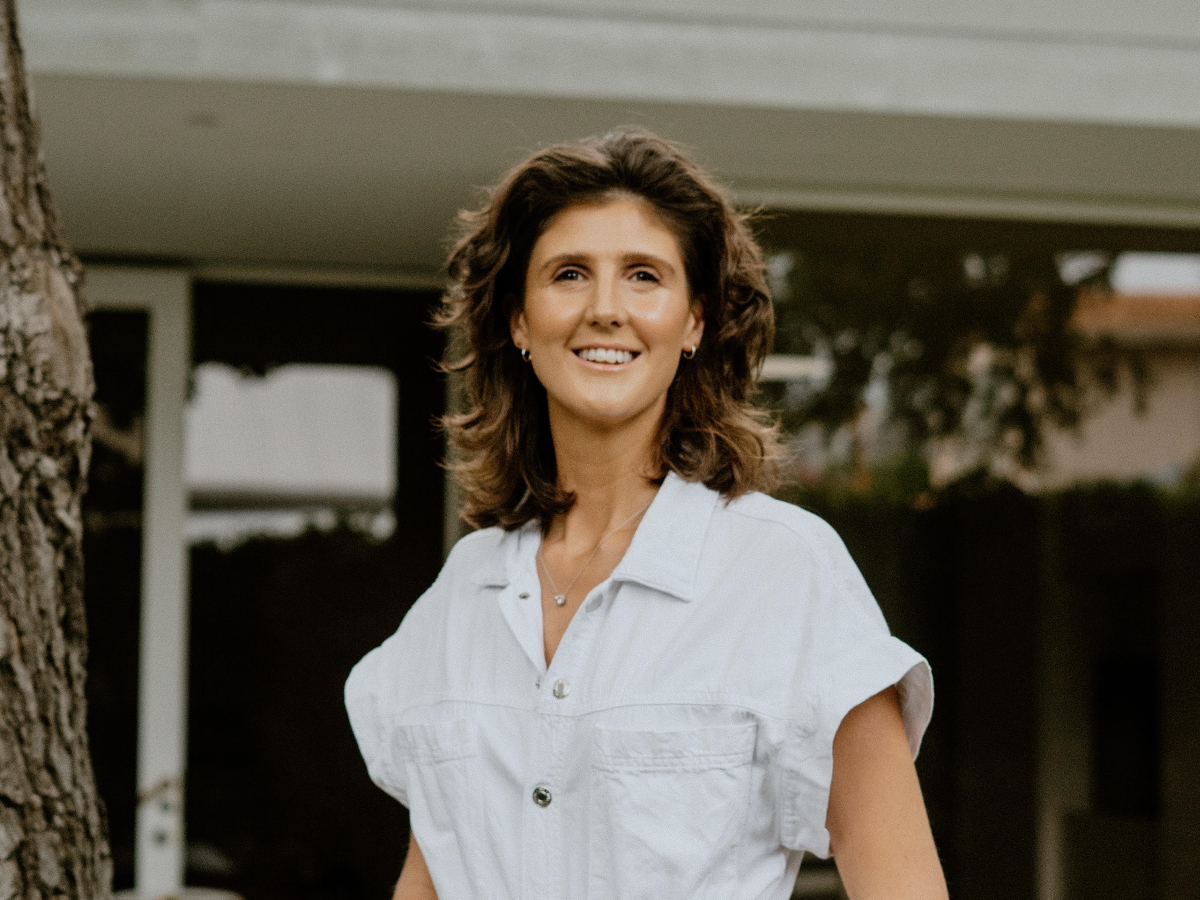How do Australian brands appeal to this market? And how can we tap into this enormous customer base? Alex Wilson, Founder of Heartwood, has just returned from Beautyworld Middle East, which took place in Dubai from Monday, October 31 until to Wednesday, November 2. The international trade fair for beauty and wellness products hosted 891 exhibitors from 53 countries and featured 17 dedicated country pavilions. Over 31,400 visitors from more than 100 countries witnessed the future of beauty taking shape. Alex shares her insights exclusively with Retail Beauty.
1. Strong, Gender Neutral, Aromatic Scent
Middle eastern culture is entwined with scent – the stronger the better where fine fragrance and skincare is concerned. One of the key learnings from Beauty World Middle East is that Middle Eastern women and men are drawn to aromatic, rich, warm and woody scents that have permeated their culture for thousands of years. There is often no distinction between female and male scents, a global trend amplified in this region.
The heady scent of oud, sandalwood and frankincense can envelope your senses as you approach luxury retail stores and markets. Thankfully, being a sandalwood-centric brand, our fine fragrances were well-received by the MENA customers at Beauty World, but by far the most popular products were those with stronger, woody scents for example Touch Wood Eau de Parfum. The skincare products with strong, woody scents were also the most popular, for example our Royal Oil. The subtle, citrussy and fresh floral scents were largely ignored.
2. Halal skincare and upcycled ingredients
Given that 85 per cent of the Middle East’s population is Muslim, it should come as no surprise that Halal certification is important to the MENA market. In order to apply for and acquire Halal certification, Australian brands need to take a close look at their supply chains, ensuring that ingredients, manufacturing and packaging is in line with Halal requirements, and then work with governing bodies to obtain official certification.
Falling under this Halal certified category was a micro-trend for the use of upcycled ingredients within skincare and fragrance – using biproducts of manufacturing to deliver real benefits and sustainable outcomes. At Heartwood for example we are in the process of using Indian sandalwood spent charge, the biproduct of steam distillation for use in pipeline incense products. This not only has therapeutic benefits but also eliminates waste and additional energy usage.
3. Ritual
Ritualistic products that inspire a sense of escapism continue to be popular in the Middle Eastern market. The trend of at-home spa experiences was firmly established during periods of Covid-19 lockdown and continues to offer a more mindful approach to self-care.
A move towards ‘slow beauty’, incorporating ritual into product design, and using less products more meaningfully was evidenced by product value-ads such as application tools, playlists or guided meditations published by brands to amplify the rituals in question.
Moving away from 12-13 steps in a beauty routine and consolidating to a slower but more thoughtful beauty routine is in keeping with the Muslim way of life.
4. Nicheness and Australian made
In the Middle East, one of the biggest challenges that premium beauty brands face is proving efficacy and authenticity as counterfeit products are rife. Having Australian Made certification, and marketing your brand as ‘niche’ is a mark of quality in any market but particularly In the Middle East where women are intrigued by the niche, unique and high quality Australian brands that have emerged.
Because of a global shortage of sandalwood, many sandalwood products , predominantly incense and pure essential oil have been recklessly copied, leading consumers to question the authenticity of products that claim to use this precious ingredient. Knowing that we are an Australian vertically integrated company was a big selling point as Australian products have a reputation for being high quality and authentic.
Read the current issue of our digital magazine below:
- For more news and updates, subscribe to our weekly newsletter
- Follow us on Instagram
- Like us on Facebook
- Connect with us on LinkedIn

